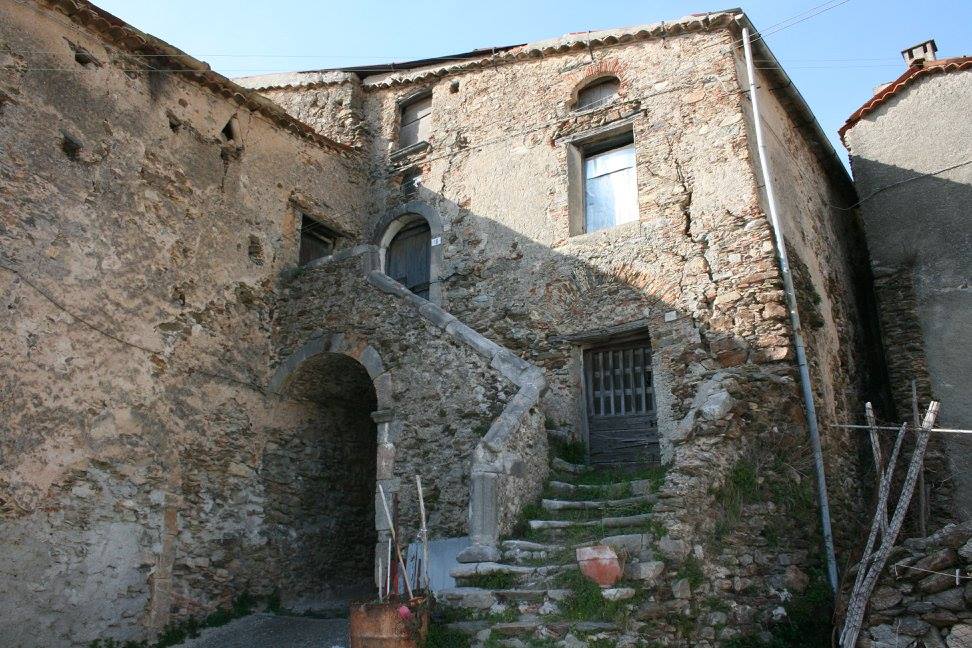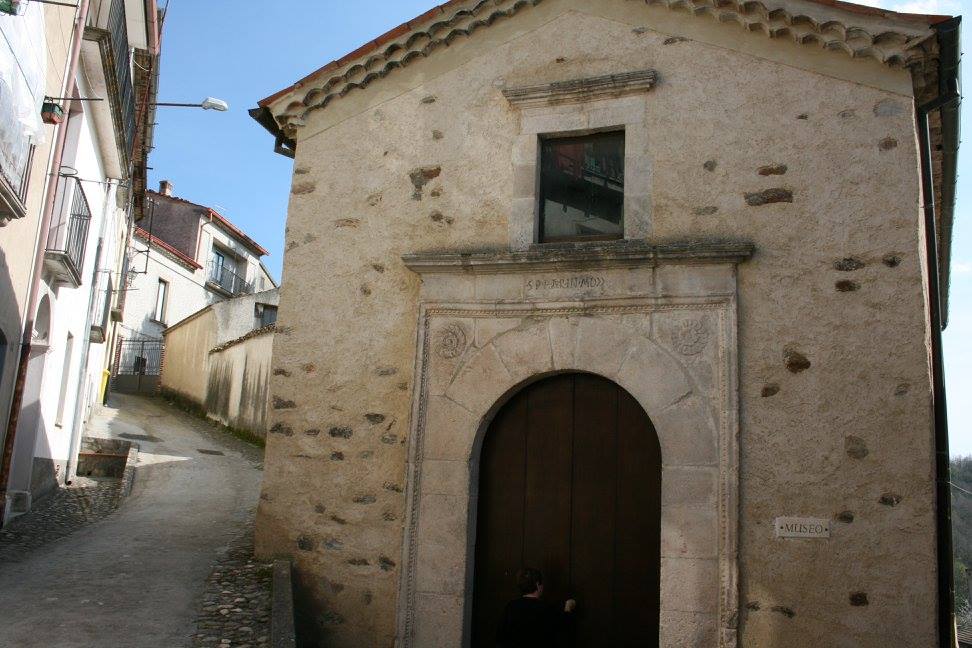It is one of the smallest Italian municipalities. A thousand-year history for village of Carpanzano, a place that holds a record: that of being among the oldest municipalities in the surroundings of the province of Cosenza. A box full of history and charm. A journey into the past, for Carpanzano, which reaches up to the great emperor Charles V, around 1535. In fact, according to historical reconstructions and the tangible trace of his cloak, carefully preserved in Carpanzano, the emperor Charles V passed through these territories . But let's go in order, before diving completely into this ancient page of international importance.
Streets of stone
As soon as we arrive in Carpanzano we are caressed by a light breeze, which gently descends into the narrow streets of this village. Suggestive streets, intense corners to photograph, small glimpses that exude authenticity and craftsmanship. Places entirely built in stone. The emblem of the noble families dominates the stone portals, a wealth presumably reached thanks to Charles V. The majesty of the Aragona palace, Mirabelli, Stranges, Mantovani, Tucci. The palace of Baron De Grazia and Bilotti, still imposing structures in the heart of Carpanzano today, preserve a thousand-year history.

Carpanzano, between past and present
The end of the 986th century opens the perimeter in which the origins of Carpanzano are born. Around 1638 there were several Saracen raids in the city of Cosenza, these attacks, presumably, contributed to the foundation of the place, for a sort of migration. Originally, the village consisted of several districts, such as that of S. Mauro, S. Pietro in Verzerio and S. Felice. In XNUMX an earthquake destroyed most of these hamlets. The name Carpanzano derives from the Hebrew word "Carpenzano". A place entirely built on the crater of an extinct volcano.
Charles V and his troops
1535 is certainly the most important date for researching the origins of the village. In fact, the emperor Charles V, on his return from his military campaigns in Africa, passed through Carpanzano with his men. According to some reconstructions, strongly present also in local tradition, the victorious emperor in Africa decided to leave a group of soldiers and his cloak. The mantle of Charles V it is considered one of the most important fabrics in the whole south. The rich ornamental motifs, the light blue color, the floral decorations make this piece of rare beauty. Today the cloak has become a real symbol for this legendary village.

Charles V's soldiers turn into farmers
This small military settlement, left by Charles V to protect Carpanzano and presumably to thank the pleasant welcome received, soon turned into a real village of farmers and ranchers. A theory confirmed by several historical researches.

Carpanzano today
Placed on a promontory, Carpanzano rises, almost like an attentive sentinel of history, near a valley, which borders the majesty of the Savuto river. The sanctuary of the Madonna delle Grazie remains, with its extraordinary naves, a point of extreme interest for the many tourists who every year search for the wonders of these villages. The staircase of the structure makes the location a small postcard of the architecture, creating an idyllic square. The memory of the passage of Charles V is the flagship for this small earthly paradise, surrounded by centuries-old chestnut woods.

The tradition of chestnuts
It is the chestnuts that strongly represent a millenary tradition, still alive, in the village. This delicious product represented an important source of income for Carpanzano and for the local micro economy. In the woods surrounding the village, there are several "boxes" still active for the processing of this fruit. For several years, a festival on the subject has rekindled the spotlight on this forgotten story. Furthermore, the palaces of the nobility are a strong tourist attraction. The journey in the Italian villages continues.
(Photo Pro Loco di Carpanzano-Cover photo granted by Luigi Ponterio)





